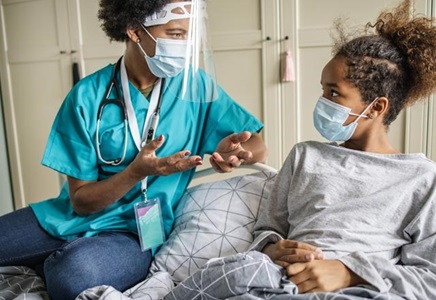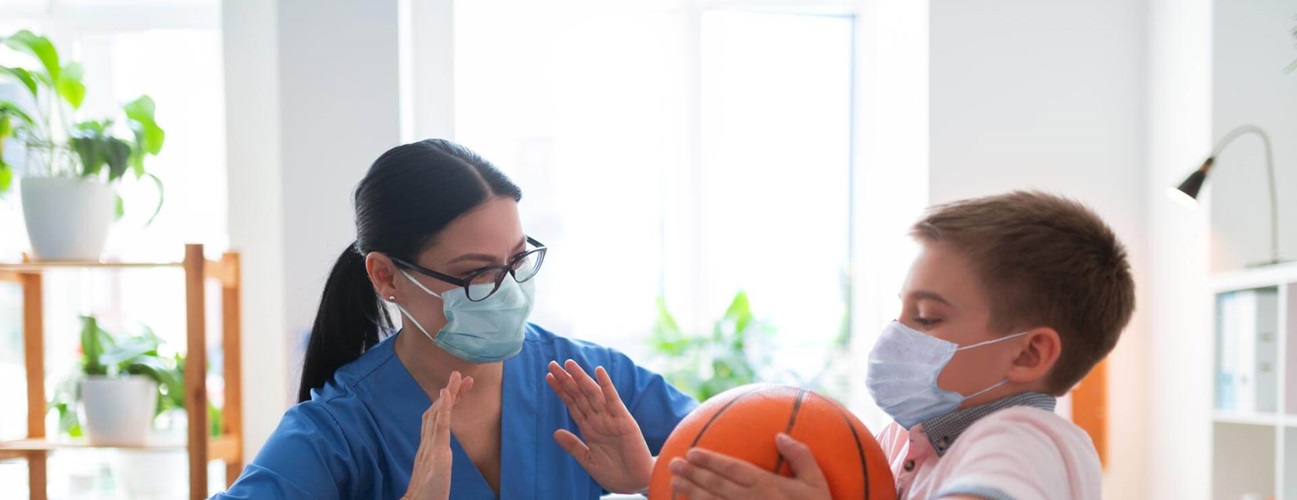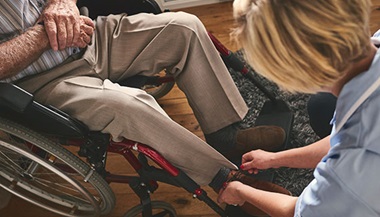Pediatric Physical Therapy at Home
Featured Expert:
The first years of a child’s life are full of growth and big changes. It is very important to continuously improve and develop new skills during these early years, and families often look forward to what comes next. Early developmental milestones such as sitting, crawling and playing with toys are some of the first skills parents look forward to.
Every child grows at their own pace, but there are certain developmental milestones children should reach within certain age ranges. These milestones help children to manage and interact appropriately with their environment. For some, injuries or medical conditions can affect their ability to reach milestones at the same time as their peers. Additionally, an injury can reduce their independence and ability to do everyday tasks they could do before. In-home pediatric physical therapy helps infants and children of all ages achieve developmental milestones or regain lost skills. Pediatric physical therapist Christine Bode explains how treatment helps children get on track and become more independent.
What is pediatric physical therapy?
Pediatric physical therapy treatments often focus on helping children reach developmental milestones, improving mobility or easing pain. Treatment is especially important for children because they are still developing. “We end up doing a lot of developmental treatment in order to get them on track,” Bode explains. “We treat them so they can overcome challenges that might be affecting their growth.”
Pediatric physical therapy is available to help children of all ages.
Why would a child need physical therapy?
Children are referred to pediatric physical therapy when they have injuries or conditions that affect their development and mobility. Children commonly seen by pediatric physical therapists include those with:
- Prematurity
- Plagiocephaly
- Cancer
- Cerebral palsy
- Spinal muscular atrophy
- Mobility issues
- Heart, muscle or lung conditions
- Neurological conditions
- Recent trauma, injuries or surgeries
What are some common physical therapy treatments for pediatric patients?
“The goal of in-home physical therapy is to help children adapt to activities within the home they are having a hard time mastering,” says Bode. “For example, children receiving chemotherapy treatments often work on endurance. For those recovering from recent injuries or surgeries, we might try to get them back to climbing stairs and walking.” Physical therapy treatment for older children often focuses on movement, mobilizing joints and pain management. For infants and toddlers, treatment is more likely to focus on maximizing developmental potential.
Treatment is unique to each child based on their development, condition and age. Physical therapists evaluate their needs in the first session and then form a treatment plan. Home-based physical therapy plans are often specific to helping children navigate and work within their own home. While the treatments are based in the home, the exercises also help patients become more independent and meet developmental milestones.
When the child has met their home treatment goals and families are educated in treatment exercises, they are transitioned to the next level of care. For some children this means graduating from physical therapy and returning to the playground or classroom. Others might move to outpatient therapy services or a long-term care setting, depending upon their condition.
What are the benefits of in-home pediatric physical therapy?
Specialized In-Home Care
Home-based physical therapy allows therapists to tailor treatments that might not be possible in another medical setting. During home-based care, therapists are able to see the home environment and how children interact with it firsthand. Using this information, the therapist can create a treatment plan that takes the home layout and child’s needs into account. Together, the child and physical therapist can practice the treatments using the environment and equipment families have available to them.
Additionally, the home environment makes caregiver education easier in homes with multiple family members and caregivers. Many clinical settings have limits on how many caregivers are allowed at each session. Home-based physical therapy allows for multiple caregivers to be present for the session, allowing them learn the exercises.
Improved Patient Comfort
“A child’s home is their most comfortable environment,” says Bode. “Because they are more comfortable they tend to respond better and are more engaged in the treatments.” Therapists find they are better able to work with young patients to maximize their development and independence throughout treatment.
Children Heal at Home with Pediatric Care at Home








